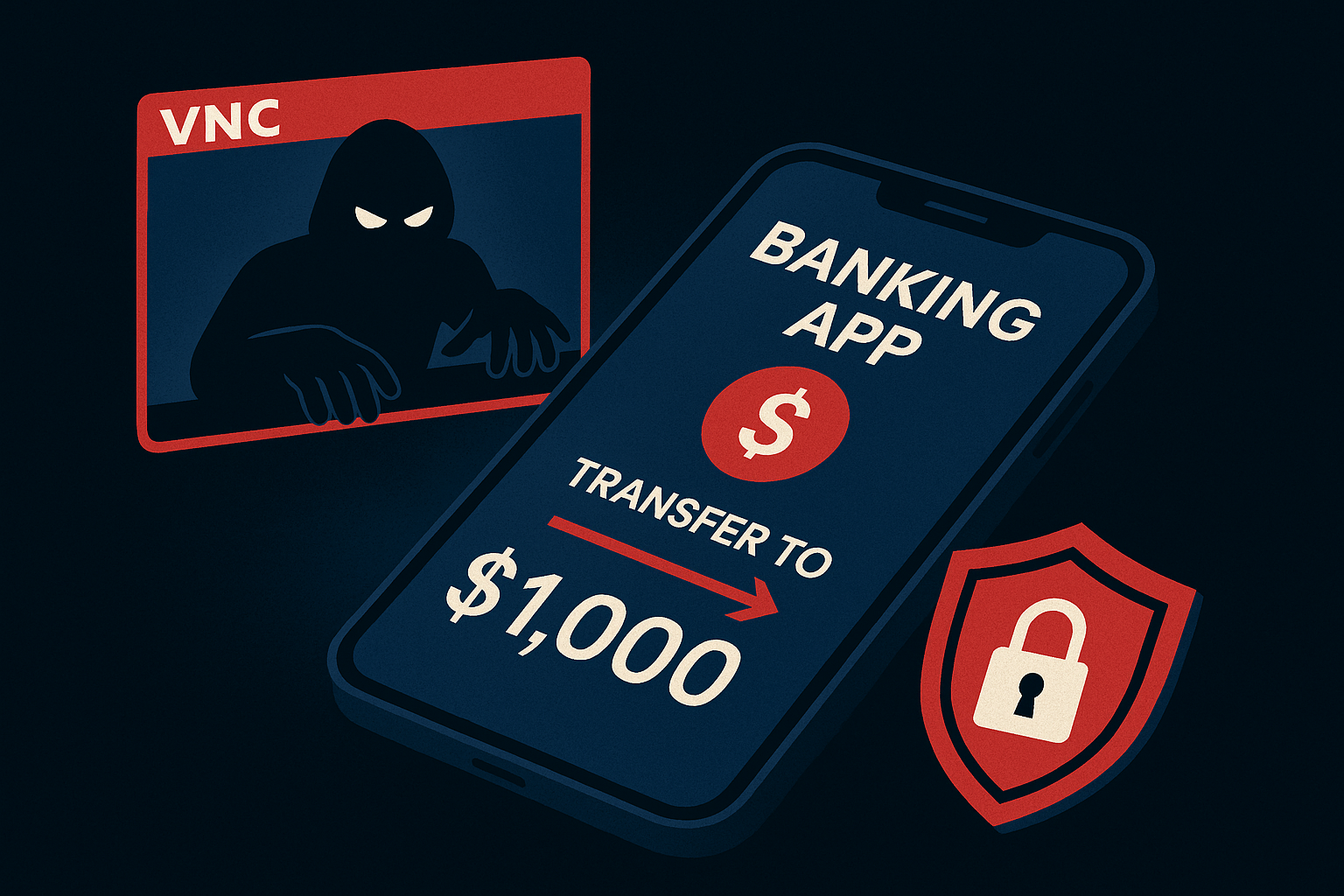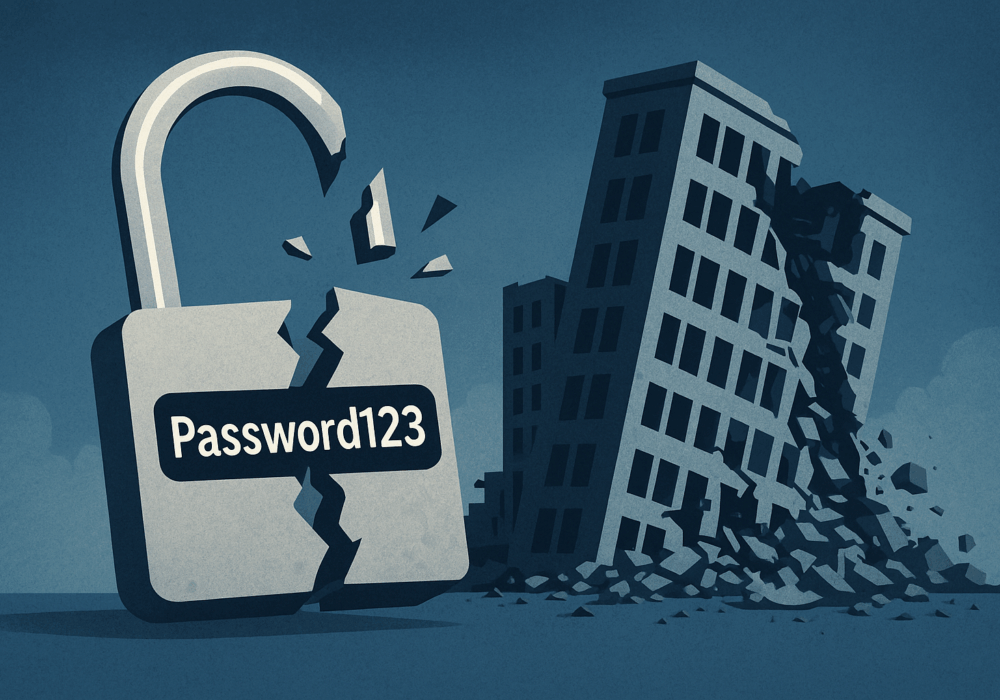Lossless Compression is when file size is reduced with no loss of quality or data. This seemingly magical method of reducing file sizes can be applied to both image and audio files. While JPEGs and MP3s use lossy compression, newer compression algorithms, such as JPEG 2000 and Apple Lossless compression, can be used to create lossless compressed files.
Lossless compression rewrites the data of the original file in a more efficient way. Because no quality is lost, the resulting files are typically much larger than image and audio files compressed with lossy compression. For example, a file compressed using lossy compression may be 1/10th the size of the original, while lossless compression is unlikely to produce a file smaller than half of the original size.
Lossy compression results in quality loss, which may not be acceptable for some applications or users. Additionally, the original file, with original quality, cannot be recovered after compressing. So if you’re compressing files, ensure that you are using tools or plugins that ensure the quality of the file isn’t being messed with. If you’re looking to reduce space while keeping the same quality of audio or image, use Lossless Compression tools. The good news is that most compression protocols are designed to keep the most important data while eliminating superfluous data so that your ultimate experience is maintained whether visual or auditory.
Additionally, these recommendations below will help you and your business stay secure with the various threats you may face on a day-to-day basis. All of the suggestions listed below can be gained by hiring CyberHoot’s vCISO Program development services.
All of these recommendations are built into CyberHoot the product or CyberHoot’s vCISO Services. With CyberHoot you can govern, train, assess, and test your employees. Visit CyberHoot.com and sign up for our services today. At the very least continue to learn by enrolling in our monthly Cybersecurity newsletters to stay on top of current cybersecurity updates.
Sources:
Related Terms:
CyberHoot does have some other resources available for your use. Below are links to all of our resources, feel free to check them out whenever you like:
Note: If you’d like to subscribe to our newsletter, visit any link above (besides infographics) and enter your email address on the right-hand side of the page, and click ‘Send Me Newsletters’.
Discover and share the latest cybersecurity trends, tips and best practices – alongside new threats to watch out for.

The rapid rise of generative AI has unlocked enormous promise, but it’s also accelerating the arms race in...
Read more
Newly discovered Android banking Remote Access Trojan (RAT), dubbed Klopatra, has compromised more than 3,000...
Read more
In June 2025, KNP Logistics Group, a transport company in the UK with 500 trucks and nearly two centuries of...
Read moreGet sharper eyes on human risks, with the positive approach that beats traditional phish testing.
